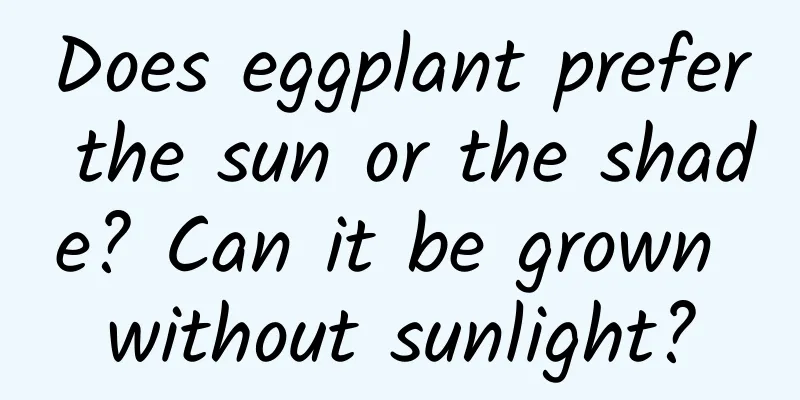Vientiane's breeding methods

1. Maintenance methods1. Temperature: Vientiane prefers a cooler environment, specifically, it can be kept between 15 and 25 degrees. In a too hot environment, it may hibernate. Try not to exceed 30 degrees and need more ventilation when the temperature is high. Furthermore, its cold resistance is not very good and it needs to be protected from the cold and kept above ten degrees. 2. Illumination: All things love light. Provided with good sunlight, it will grow well and its color will become relatively more beautiful, making it more suitable for viewing. However, light that is too strong must be blocked. Generally speaking, it is very suitable to keep it indoors because the light is not particularly strong. 3. Watering: During the growing season, it requires more water. In spring and autumn, water demand is relatively the highest. In summer, it is not advisable to water too much, but you can increase the amount of fertilizer by spraying water. In winter, do not water too much. In addition, do not allow water to accumulate at any time. 4. Fertilization: Vientiane has a certain demand for fertilizer, but not much, and the concentration cannot be too high. Generally speaking, once or twice a month is enough, and liquid fertilizer can be used. 2. Breeding techniques1. Reproduction: You can use leaf cuttings, which is the most important method. It is best to choose fleshy leaves on the stem as material for propagation, and the substrate can be a mixture of coarse sand, vermiculite, etc. After insertion, one of the most important tasks is to keep it moist. When the small buds grow larger, they can be transplanted into other pots. 2. Repotting: Vientiane has high requirements for soil, and it is best to repot once a year. The best soil to choose is sandy soil, mixed with coarse sand and other materials, and adding base fertilizer. In addition, propagation can also be combined with repotting. 3. Problem diagnosis and treatment1. Diseases: The two main ones are root rot and anthracnose. The former is generally caused by excessive watering and can be prevented and controlled with copper preparations. As for the latter, it occurs more frequently during the rainy season and can be controlled with carbendazim. 2. Pests: "Aphids" and others are quite common, and the effects of using omethoate and other pesticides to deal with them are quite good. IV. Other issues1. Toxicity: Vientiane is non-toxic and will not harm the breeders. 2. Can it be raised at home: Very suitable. As mentioned above, it is a very popular succulent plant suitable for growing at home. |
>>: How to grow miniature roses
Recommend
Camellia cultivation methods and precautions
Camellia is deeply loved by people for its evergr...
Where is the best place for Dendrobium to grow? What are the growing environment and conditions?
Where does Dendrobium grow? Dendrobium is suitabl...
Cultivation methods and precautions of yellow hair palm
The yellow-hair palm is easy to grow. It does not...
How to grow a money tree
1. Planting Ground Before planting, you need to p...
Why chrysanthemums don't bloom, how to make them bloom faster
1. Flowering season has not yet arrived Reason: T...
How to propagate the succulent plant Raul by leaf cuttings, branch cuttings, and sowing
How to breed succulent Raul The succulent plant R...
How to cultivate the bellflower
1. Temperature It is afraid of high temperature e...
What to do if Chlorophytum comosum does not bloom
Reasons for not blooming and how to deal with it ...
Phalaenopsis orchid language
1. Overall flower language There are many varieti...
How do monkey flowers survive the winter?
Plant habit characteristics Only after knowing th...
With just a little cutting, one pot of Clivia in her garden can become ten pots!
Division of Clivia If you want to turn one pot of...
Cultivation methods and precautions of large-leaf fiddle-leaf fig How to grow potted fiddle-leaf fig
The leaves of the large-leafed Ficus microcarpa a...
Bonsai shaping and maintenance of Jade Flower
Bonsai shape When the Jade Plant grows to a certa...
Where do loofah seeds come from?
Where do loofah seeds come from? The seeds of loo...
What are the cultivation methods and precautions of ping pong chrysanthemum
Ping Pong Chrysanthemum Introduction Ping Pong Ch...









